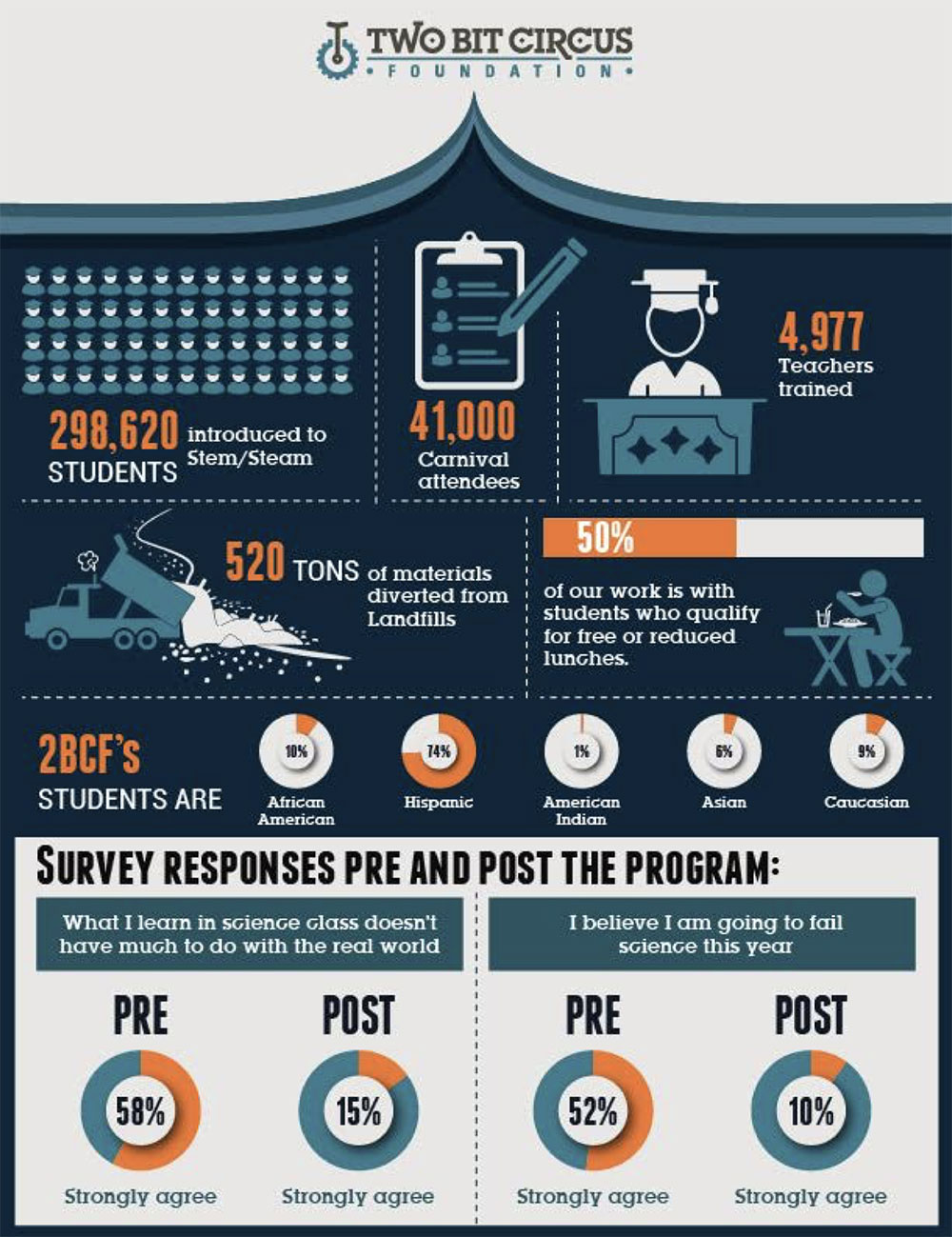The Problem

Between 2008 and 2018, STEM-related jobs are expected to grow by 17 percent (National Governors Association) yet only 16 percent of American high school seniors are considered proficient in mathematics, and are interested in pursuing a career in STEM (www.ed.gov/stem). According to data collected by Change the Equation, only 31 percent of eighth graders in the U.S. have math teachers with an undergraduate degree in math, and less than half (48 percent) of eighth graders have science teachers with an undergraduate degree in science. In the 2011 report entitled Successful K-12 STEM Education* the following recommendations were made to support this: Districts need to enhance the capacity of K-12 teachers, and Districts should provide instructional leaders with professional development that helps them to create the school conditions that appear to support student achievement.
While fundamentally vital, the education community cannot make these proposed changes alone. A new infrastructure made up of the diverse interests that contribute to ensuring all students are STEAM-equipped must come together: teachers, pre-service and informal educators, administrators, parents, business and industry professionals, and potential mentors. Only then will we be able to offer support and guidance, while encouraging effective, engaging, and ongoing STEAM teaching and learning.
With the exception of Asian students, the number of ethnic minority students interested in STEM fields is low, as are their achievement levels in STEM (STEM Condition 2013). Among measured interest only students, Hispanic students have a greater representation than other minority groups (STEM Condition 2013). According to the National Math and Science Initiative, “Strengthening the educational pipeline for minorities in STEM fields will have a huge impact on their motivation to study and work in those fields. Another big factor in determining a student’s motivation to increase academic achievement is their capacity to complete rigorous coursework, a skill that can only be acquired through effective classroom experiences.” (NMSI)
The National Math and Science Initiative has found that, “students who are engaged and active in the classroom are more apt to increase their critical thinking skills.” (NSMI)
[textillate effect_in=’fadeIn’ type_in=’sequence’ effect_out=’fadeOut’ type_out=’shuffle’ loop=’false’ initialDelay=’250′]The Solution[/textillate]


